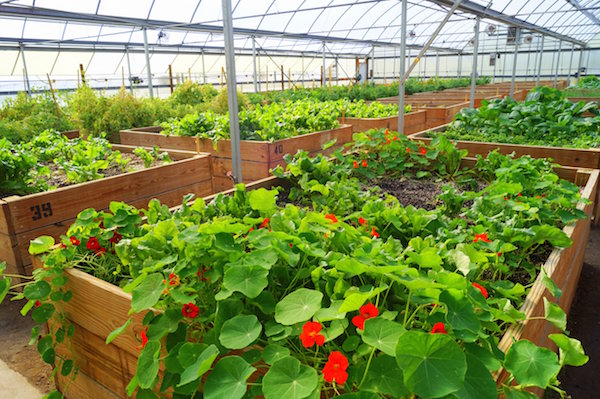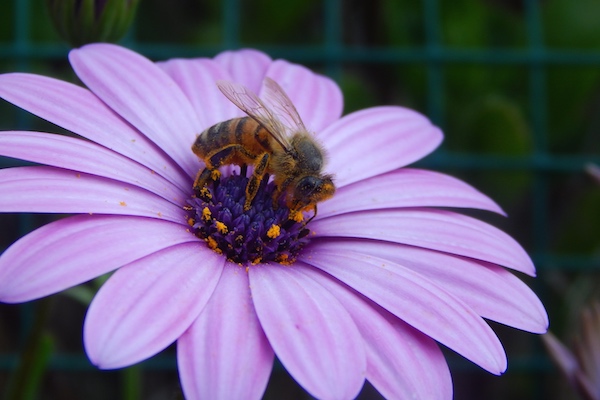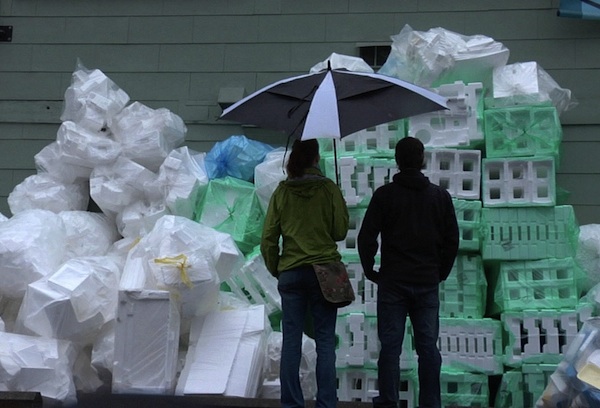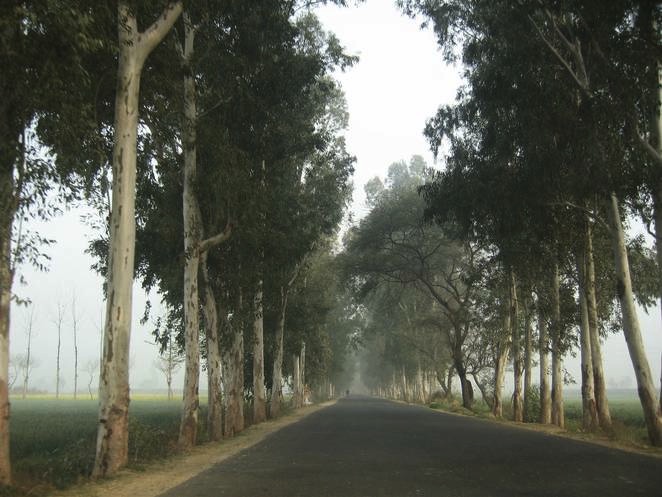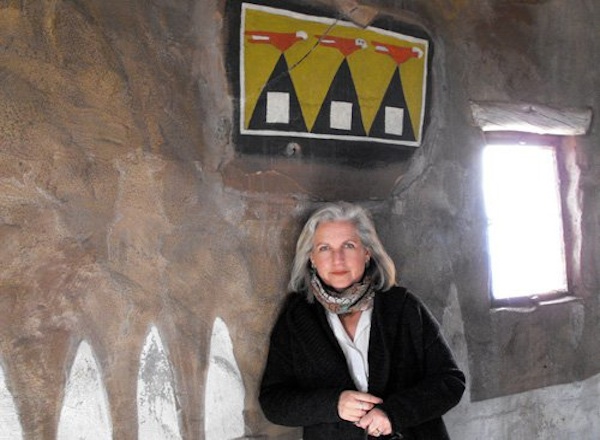Gardening isn’t just for people living on farms or in suburban neighborhoods with sprawling lawns. As more people seek to beautify their urban living environment and grow their own organic food, urban gardens are springing up around cities all over the U.S., and the world. Detroit is taking this one step further by transforming 22 blocks of blight on the east side of the city into a massive urban farm. The 60-acre farm, which will be known as “Recovery Park,” will consist of 35 acres of city-owned property and other land purchased for the project. It will house a vast set of greenhouses and, at its 3-year mark, is expected to employ some 120 people. The project will cost about $15 million. RecoveryPark already operates 2 urban farms where fruits and veggies like radishes, greens, and edible flowers are grown and then sold to restaurants in the city. [1] The city of Detroit is lined with empty buildings that often revert to the Detroit Land Bank Authority (DLBA). Some houses go for a piddling $500 in an effort to bring young people into the fray to rebuild and revitalize the city. Many buildings, however, have little chance of being purchased […]
Continue reading... →A federal appeals court has made a swift decision that will not make the CEO of Dow AgroScience happy, though it just might help save our bees. Just weeks ago, the court struck down the Environmental Protection Agency’s approval of an insecticide called sulfoxaflor, marketed by Dow. This was an important first step in supporting our pollinating insects, which are absolutely vital to our food supply. Sulfoxaflor is in the neonicotinoid class of pesticides. Insecticides like sulfoxaflor have been drawing more and more attention from experts of late, concerned that the chemicals are killing bees and causing colony collapse disorder. The decision was blunt, and basically told the EPA that they could NOT give authorization for Dow to keep using a chemical which is harming pollinators. Court documents state: The panel held that because the EPA’s decision to unconditionally register sulfoxaflor was based on flawed and limited data, the EPA’s unconditional approval was not supported by substantial evidence. The panel vacated the EPA’s unconditional registration because given the precariousness of bee populations, leaving the EPA’s registration of sulfoxaflor in place risked more potential environmental harm than vacating it. Concurring in the judgment, Jude N.R. Smith agreed with the panel’s decision because he could not […]
Continue reading... →In a bold move toward pollution control, San Francisco has just become the first city in America to ban the sale of plastic water bottles, a move that is building on a global movement to reduce the huge amount of waste from the billion-dollar plastic bottle industry. Over the next four years, the ban will phase out the sales of plastic water bottles that hold 21 ounces or less in public places. Waivers are permissible if an adequate alternative water source is not available. One of the larges supporters of the proposal was the Think Outside the Bottle campaign, a national effort that encourages restrictions of the “eco-unfriendly product.” San Francisco’s ban is less strict than the full prohibitions passed in 14 national parks, a number of universities and Concord, Mass. Violators of the ban would face fines of up to $1,000. Joshua Arce, chairman of the Commission on the Environment, said the ban is “another step forward on our zero-waste goal.” The City wants to have no waste going to its landfill by 2020. Its diversion rate now stands at 80 percent. Past efforts toward the goal included banning plastic bags and plastic-foam containers. “We had big public events for decades without plastic bottles and we’ll […]
Continue reading... →Polystyrene foam, aka the devil’s clamshell, aka the indestructible insulator, aka green public enemy No. 1, may have finally met its match: mealworms. (Polystyrene and “Styrofoam” are regularly — and incorrectly — used interchangeably. Styrofoam is a kind of polystyrene, but not the kind you’re thinking of.) That’s right. It turns out, those squirmy little grubs are more than just a hot menu item for entomophagy enthusiasts. They, too, have quite an appetite, and according to the Environmental News Network (ENN), that appetite happens to include Styrofoam and other forms of polystyrene: While this diet doesn’t sound remotely healthy for the worms, researchers have yet to identify any adverse effects. In comparison studies, mealworms that ate exclusively Styrofoam were equally as healthy as those that ate a more standard diet of bran. Researchers are currently in the process of verifying that families of worms that consume only plastic are still healthy generations from now. Additionally, they want to confirm that predators that eat mealworms remain healthy after consuming worms that eat Styrofoam. Styrofoam and other polystyrene foam are poisonous to a lot of animals, so mealworms’ ability to digest them came as quite a surprise to scientists. “There’s a possibility of really important research coming out of bizarre places,” Stanford researcher Craig Criddle said in a […]
Continue reading... →A provocative new environmental book, has become an international media sensation. Featuring over 200 heart-wrenching images, the powerful book brings stark attention to the growing crises posed by overdevelopment and human population size and growth. There are thousands of essays, articles and books dealing with population but “Overdevelopment, Overpopulation, Overshoot” provides a convincing new way of understanding the impacts of population size on human welfare and nature. Through well-chosen quotes, and stunning photographs, this largely visual presentation documents the realities and role of burgeoning human numbers on a broad variety of important areas including the destruction of wildlife and natural systems, air and water pollution, food insecurity and climate change. This consequential book should be read by political leaders, development planners, and the public to bring about an end to the current neglect of voluntary family planning. As Nobel laureate Henry W. Kendall noted “If we do not voluntarily bring population growth under control in the next one or two decades, nature will do it for us in the most brutal way, whether we like it or not.” –J. Joseph Speidel, Co-Director, UCSF Bixby Center for Global Reproductive Health Advanced copies of the large format coffee-table photo-thriller were released in […]
Continue reading... →The rest of the world should plant more trees too India’s Rural Development Ministry has decided to try to tackle two problems at the same time: Youth unemployment and bad air quality. It has unveiled a plan to hire youths – potentially up to 300,000 – to plant 2 billion trees along the country’s highways. “The length of National Highways in the country is one lakh kilometer [about 62,137 miles]. I have asked officials to come out with a plan to plant 200 crore [2 billion] trees along these stretches which in turn would create jobs for the unemployed on the one hand and protect the environment on the other,” said Shipping and Rural Development Minister Nitin Jairam Gadkari. Not only would this help provide jobs to a segment of the population that needs them and make the country more beautiful, but trees are also great at improving air quality. India tends to have big problems with that, as does much of Asia and the Middle-East: A recent study shows that tree leaves can capture a substantial amount of particulate pollution. The research was conducted in the UK; The scientists started by measuring how much air pollution go into a […]
Continue reading... →The author and activist talks with YES! about millennials, climate change, and how she can’t imagine being alive at “a more thrilling, challenging time.” Terry Tempest Williams lives with her husband in Utah, but I met her in Vermont, near Dartmouth College, where she teaches part of each year. The lush foliage of a damp New England spring is nothing like the desert terrain she grew up with, she told me when we sat down together during my brief visit last May. She relishes the many species of trees, birds, and plants, but sometimes all the green makes her feel closed in, and she yearns for the dry, open country of home. It’s her deep connection to place and to wilderness that Williams is known for. Her books celebrate the prairie dog, migratory birds, and the natural history of the Utah desert. But she also writes about her Mormon faith, about the cancer that took the lives of her mother, brother, grandmother, and other members of her extended family—and about her belief that above-ground nuclear testing is to blame. Williams’ writing is enriched by a practice she mentioned several times in our conversation: “ground truthing.” She doesn’t settle for secondhand […]
Continue reading... →